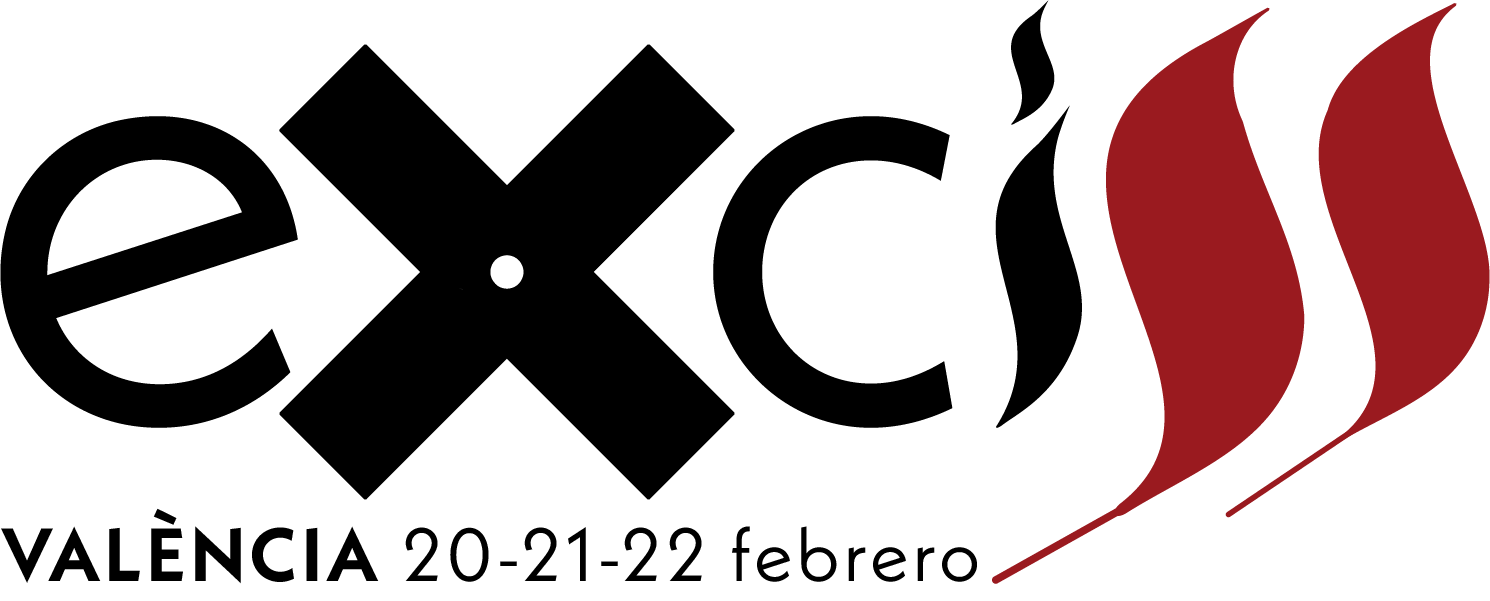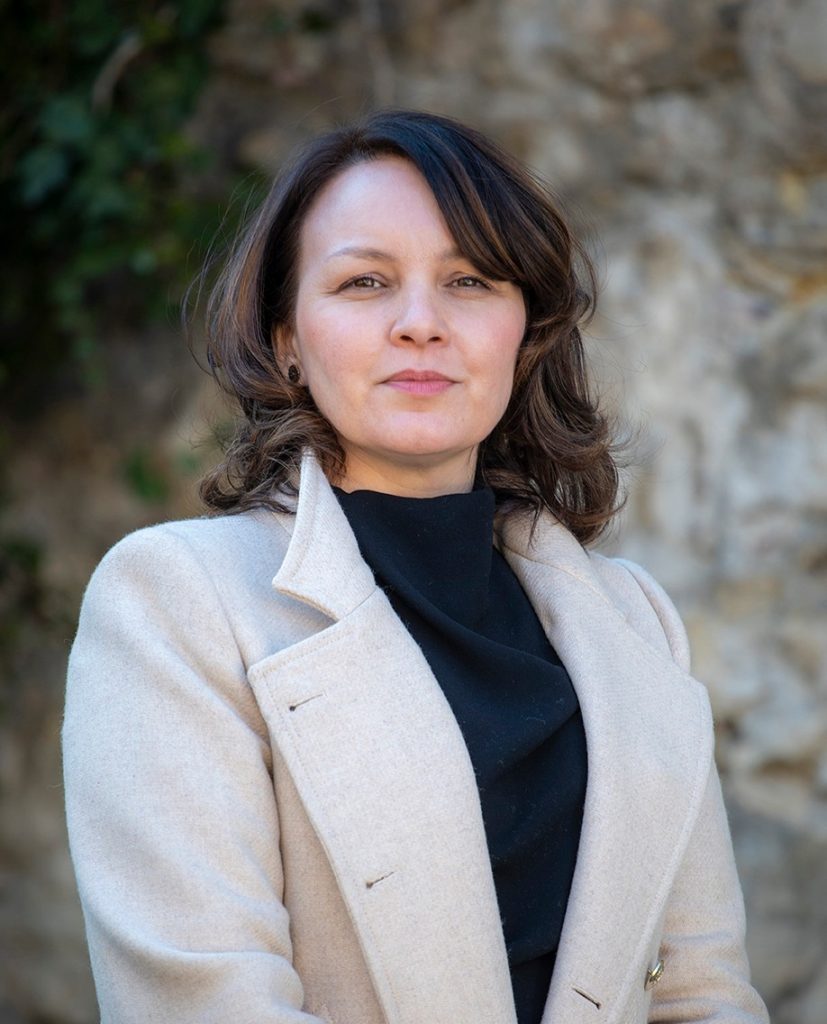
Kristina Krulić
Croatian Conservation Institute, Zagreb
Croacia
Brief biography
Kristina Krulić has a degree in art conservation and restoration from the Academy of Fine Arts at the University of Zagreb. She has been employed at the Croatian Conservation Institute since 2007, and she is currently the head of the Department for Wall Paintings and
Mosaics. Throughout her work, she has gained valuable experience in researching and documenting immovable heritage and has also taken a leadership role on various conservation and restoration projects focused on wall paintings. She has participated in
professional workshops, conferences and international projects, and she has also organized some of them. Her recent work is related to the consequences of the earthquakes that hit Zagreb and central Croatia in 2020. She is currently a doctoral student at the University of Ljubljana, and her area of research interest is historical restoration interventions on wall paintings.

Arsenio Sánchez Hernanpérez
Spanish Cultural Heritage Institute
Brief biography
Arsenio Sánchez Hernampérez, who holds a degree in Geography and History and a diploma in Conservation and Restoration of Graphic Documents, has been employed at the National Library of Spain since 1992, specializing in the restoration of Manuscripts, Incunabula, and the Printed Reserve collection.
From 2018 to 2023, he oversaw the restoration and binding services at the institution. Currently, he serves as a technician in Preventive Conservation at the Spanish Cultural Heritage Institute and acts as the Coordinator for the National Plan for Risks and Emergencies in Cultural Heritage. Having authored over fifty publications, he presently co-coordinates the National Plan for Risk and Emergency Management in Cultural Heritage. Awarded the National Award for the Conservation of Cultural Heritage in 2013, he received the Ceán Bermúdez Prize in 2023 for his outstanding professional contributions to the conservation of documentary heritage.
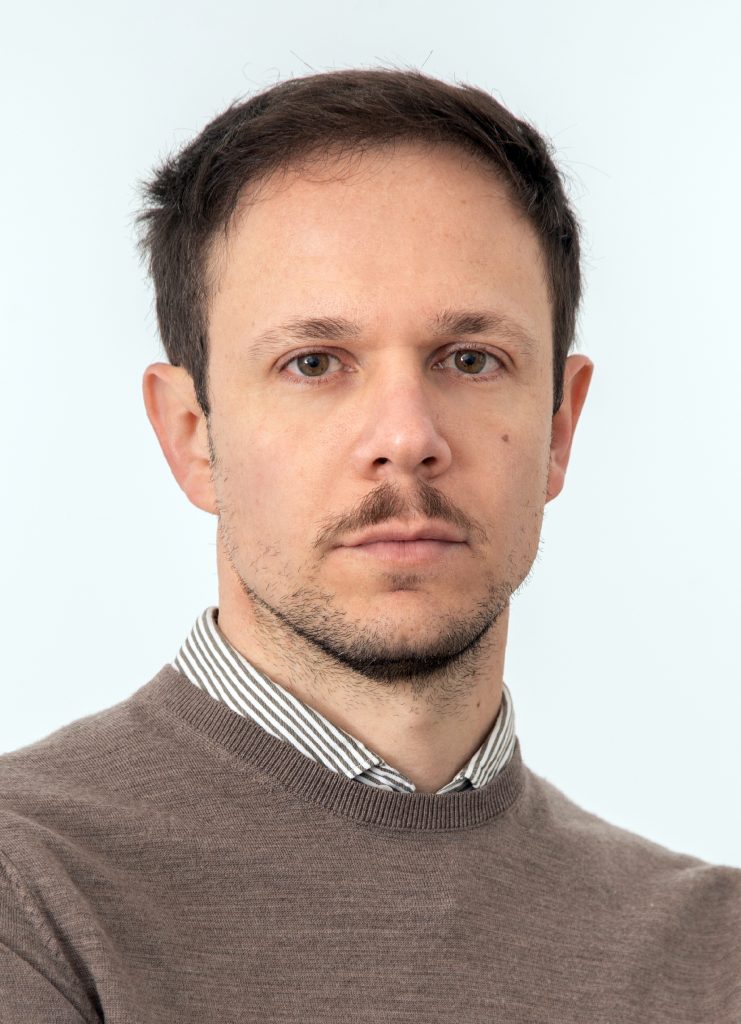
Carlos Bayod Lucini
Factum Foundation, Spain
Brief biography
Carlos Bayod Lucini is an architect from the Polytechnic University of Madrid and has a PhD in Art History and Theory from the Autonomous University of Madrid. As Project Director at Factum Foundation, his work focuses on the development and application of digital technology for the documentation, study and dissemination of artistic and cultural heritage. Among many other projects, he has directed the first high-resolution scanning of the Tomb of Seti I (Luxor, 2016-2021), the Raphael Cartons at the Victoria & Albert Museum (London, 2019) or Goya’s Black Paintings at the Prado Museum (Madrid, 2014). He has designed exhibitions such as The Materiality of the Aura. New Technologies for Preservation (Bologna, 2020) and has published articles on technology, digital conservation and museology, claiming the importance of facsimiles for the protection of works of art. Bayod is a regular lecturer and has been a professor of the Master’s Degree in Historic Preservation at Columbia University (New York) as well as a guest lecturer at Harvard Art Museums, Fundación Amigos Museo del Prado or Fondazione Giorgio Cini, among other national and international institutions.
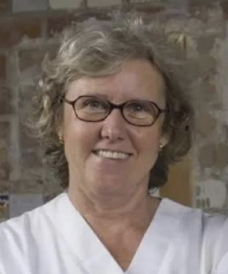
Pilar Roig Picazo
University Institute of Heritage Restoration(UPV),
Spain
Brief biography
Professor and Emeritus Professor of Conservation and Restoration of Mural Painting of the Department of Conservation and Restoration of Cultural Heritage and researcher at the University Institute of Heritage Restoration of the Universitat Politècnica de Valencia. Director of the CRBC Department since its foundation in 1991 until 2010 and Director of the Official Master of CRBC (2006-2010).
Director of the Doctorate Program with MENTION OF QUALITY, “Science and Restoration of Historical and Artistic Heritage”. UPV. 1989 – 2010. Vice Rector of Extension and University Image of the UPV, from 1986-1990. Scientific responsible and Principal Investigator of the Pictorial, sculptural and ornamental restoration projects carried out in the Real Basílica de la Virgen de los Desamparados de Valencia, in the Parroquia de San Nicolás de Bari y San Pedro Mártir de Valencia and in the Real Parroquia de Los Santos Juanes de Valencia. She has supervised 40 Doctoral Theses, 6 with International Mention. 2 have obtained the Extraordinary Doctoral Thesis Award and 11 with Quality Mention of the Doctoral Program. Principal Investigator of six European Research Projects and Principal Investigator of multiple Competitive Projects of the Spanish National Plan: Author of ten books on restoration and more than 50 articles in journals of recognized prestige in the field of restoration. Godmother of the Restorer of the Sistine Chapel, Dr. Gianluigi Colalucci, Doctor Honoris Causa by the UPV, 1995. Godmother of the Valencian Poet and Cervantes Prize, Francisco Brines, Doctor Honoris Causa by the UPV, 2001. Vice-president of the Royal Academy of Fine Arts of San Carlos of Valencia since 2022. Doctor Honoris Causa by the University of Granada,2023.
Her professional and research career has been recognized with thirteen awards, among which the following stand out: European Commission Award. Pilot Project Intervention in Heritage” (2005); Third Europa Nostra Prize for Heritage Conservation (2006); Extraordinary Research Prize awarded by the UPV (2024).

Teresa Valle Fernández
Spanish Cultural Heritage Institute
Brief biography
Teresa Valle Fernández, a conservator and restorer of Mural Painting at the Subdirectorate General of the Spanish Cultural Heritage Institute (Directorate General of Fine Arts, Ministry of Culture) where she has held a public opposition position since 2017. She specialized in fresco restoration (UIA, Florence), sculpture and painting restoration (ESCRBC and CEROA, Madrid), and Master’s and Bachelor’s Degree in East Asian Studies from the UOC. She has been involved with interventions for museums, institutions, autonomous communities, collectors, as well as numerous singular interventions all over the country.
Currently, she coordinates the interventions for mural paintings and historic cladding sponsored by the Spanish Cultural Heritage Institute, as well as the preliminary studies associated with these interventions. As well as these, Teresa coordinated the restoration of mural ensembles at Toledo’s San Juan de los Reyes, Monforte de Lemos’ San Vicente do Pino, Lorca’s Virgen de la Huertas, Cuenca’s Cathedral, Oviedo’s San Julián de los Prados, and Seville’s Real Alcazar.
She has collaborated with and directed courses on intervention methodologies in mural painting, and is working on intervention protocols and editing the Coreman’s Project: guidelines for intervention in mural painting.

Giuliano Romalli
Ministry of Culture, Italy
Brief biography
Giuliano Romalli is a manager in the Italian Ministry of Culture.
He graduated in Literature with a specialty in Medieval Art History at the Sapienza University of Rome, where he also obtained a Doctorate in Art History. He then completed training at the School of Specialization in Historical-Artistic Heritage at the University of Udine.
After working as a contract researcher and teacher of the History of Medieval Art at the Sapienza University of Rome, in 2012, he won the public competition for Art History Officer. He entered the Ministry of Culture, where he worked in protection and valorization Areas of the Soprintendenza of Archaeology, Fine Arts, and Landscape of Eastern Veneto and at the General Directorate of Museums. In 2016, he arrived at the Central Restoration Institute, the highest technical protection body of the Italian Ministry of Culture. Here he designed and directed important conservation interventions on works of art of great importance, including Giotto’s frescoes in the Scrovegni Chapel and the Capitoline of San Antonio in Padua, the mural paintings of Tomaso de Modena in the Capitoline of San Nicolò in Treviso, the funerary monuments of Arnolfo de Cambio in the church of Santa Maria in Ara Coeli in Rome, the Polyptychs of Antonio Vivarini in the Golden Chapel of Saint Zacharias in Venice.
In 2023, he won the competition for public managers organized by the National School of Administration of the Presidency of the Italian Council, and from 2024 – after completing the senior management training course at the SNA – he chose to rededicate his new career as a manager to the Ministry of Culture.
He is the author of numerous publications on the protection and enhancement of cultural heritage, the history of art, architecture, and urban planning in the Middle Ages. He teaches medieval art history in the five-year Conservation and Restoration of Cultural Heritage degree at the Central Restoration Institute of Rome.
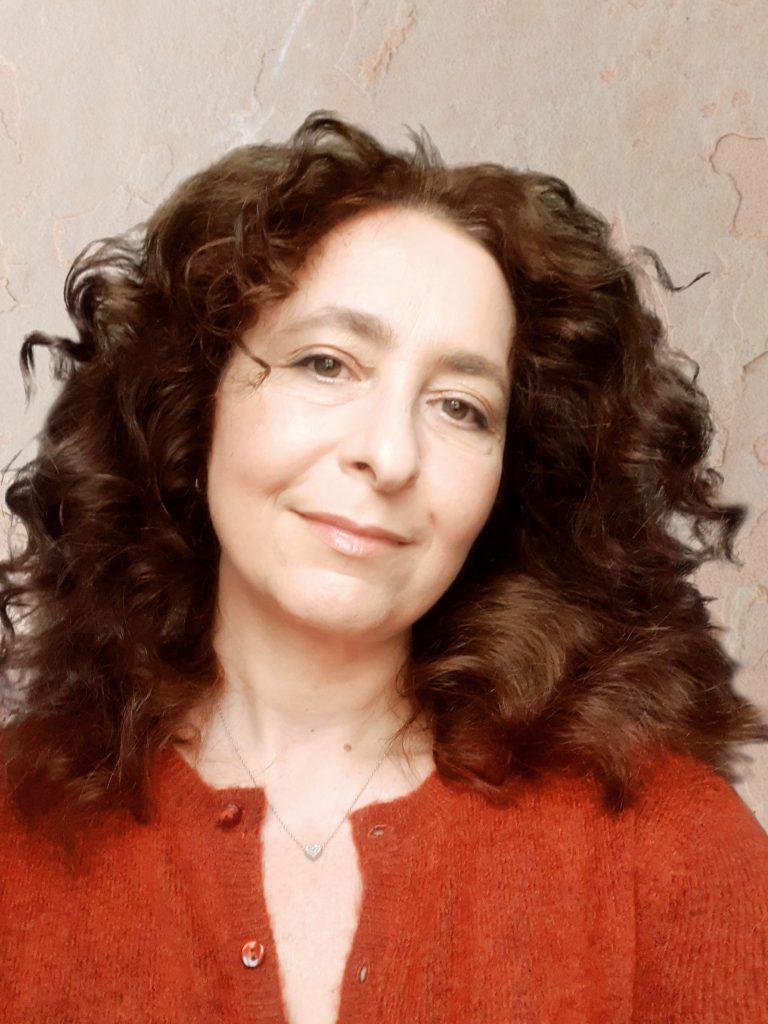
Simona Sajeva
ISCMP and ICORP (ICOMOS)
INTERFACES / Engineering applied to Conservation, Italy
Brief biography
Simona Sajeva, an engineer specialising in conservation and the founder of Interfaces / Engineering applied to Conservation. She focuses mainly on supporting structures and the influence of buildings and their environmental context on the conservation of wall paintings, surfaces, and architectural decorations.
Over the past 25 years, she has applied her research not only to her professional practice, but also to teaching activities, training courses, and publications. Simona is the author of original works, including ‘Pitture murali, i degradi di origine meccanica. Manuale per restauratori ed ingegneri’, published in 2014 (with a next edition planned for April 2024), and ‘Conservazione delle decorazioni architettoniche, il ruolo delle strutture di supporto’, published in 2022.
As of 2022, Simona is actively collaborating with the ISCMP (International Scientific Committee on Mural Painting) of ICOMOS, eventually taking over the chairmanship in 2023. Her participation and involvement in the field of artistic heritage conservation has earned her several awards, including the ‘le Geste d’or 2023’ prize.
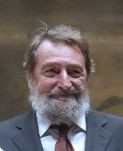
Carlo Giantomassi
Brief biography
Restorer free lance that carry out numerous restorations for Superintendencies and Museums in most parts of Italy, for International Organisations (ICCROM, UNESCO, UNDP) or non-profit organisations, they also collaborate with various university faculties through seminars and conferences as well as numerous publications on restoration.
He restored wall paintings by the Master of St. Francis, Cimabue and Giotto in Assisi (Basilica Inferiore e Superiore) and Padua (Scrovegni), in cooperation with the I.C.R., by Cavallini in Rome(Giudizio Universale nella chiesa di S. Cecilia), by Beato Angelico (Cappella Niccolina in Vaticano), by Pinturicchio (cappella Baglioni a Spello), by Raphael and Perugino (S. Severo a Perugia), by Parmigianino (S. Maria della Steccata a Parma), by Annibale Carracci (Palazzo Farnese a Roma), by Guercino (Cupola del Duomo di Piacenza e numerose pale d’altare), by Domenichino (S. Andrea della Valle a Roma) as well as numerous interventions on paintings on canvas and panels, including several paintings by Caravaggio (Madonna dei Palafrenieri, Bacchino Malato, Giuditta e Oloferne, S. Giovanni Battista e S.Gerolamo Borghese, S. Francesco di Carpineto e Martirio di S. Orsola), Raphael (Doppio ritratto Doria Pamphilj) Titian, Lorenzo Lotto, Carlo Crivelli and Annibale Carracci (lunette Aldrobrandini).
After having been busy in Padua with the restoration of the frescoes of the Scuola del Santo (Titian, Bartolomeo Montagna, etc.) in collaboration with Gianluigi Colalucci, and having completed the recovery and restoration of Mantegna’s frescoes in the Ovetari Chapel, which were largely destroyed by bombing during World War II.
Direction and coordination of the restoration of the frescoes in the Monumental Cemetery in Pisa.
Missions abroad: Ethiopia, Thailand, Myanmar, Tibet, India, China, Turkey, Colombia, U.S.A., Jerusalem, Lebanon, Kosovo, Macedonia, Serbia, Egypt, Algeria, Iraq, Afghanistan and Sudan, where they also carry out teaching activities for local restorers through theoretical courses and worksite schools
In 2015, he was awarded an Honorary Doctorate in Literature and Philosophy by the University of Freiburg.
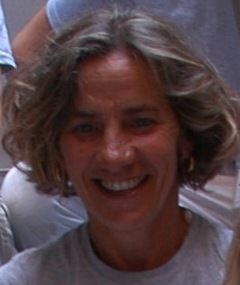
Michela Gottardo
Restoration Laboratory for Stone Materials, Italy
Brief biography
Born in Padua on 06.05.1961, she graduated in ‘Restauro di dipinti murali, stucchi, dipinti su tavola, su tela, su cuoio e sculture lignee policrome’ at the Central Institute for Restoration in 1986, where she specialised in ‘Restauro dei materiali lapidei’ the following year.
In 1989, she founded, together with Giovanni Cecchini and other colleagues, the C.B.Art. Consortium, with which, as Legal Representative and Technical Director, she carried out various works on movable paintings, wall paintings, stuccoes, stone works and decorated architectural surfaces. Among them, some of the most significant are: frescoes and stuccoes in the Domus Aurea, frescoes and fragments in the Upper Basilica of St..Francis in Assisi, frescoes in the Scrovegni Chapel in Padua, fragments of the Ovetari Chapel in Padua, frescoes in Santa Maria Antiqua in the Roman Forum, paintings on canvas by Valentin de Boulogne, Giovanni Lanfranco and Vittore Carpaccio, paintings on wood, mosaics, stone works in the Palatine Chapel in Palermo, statues and other stone works from the Capitoline Museums and the Roman Forum, mosaics from the Archaeological Park of Rome and Ostia Antica, stuccoes from the Underground Basilica of Porta Maggiore, architectural vestments from the Colosseum, San Carlo alle Quattro Fontane, the Temples of the Sibyl and Tiburno in Tivoli, and the Mausoleum of Augustus in Rome.
She also collaborated with UNESCO on missions to the Bamiyan Valley in Afghanistan.
Since 2008, she has also been an employee of the Vatican Museums at the ‘Laboratorio Restauro Materiali Lapidei’ (Restoration Laboratory for Stone Materials), where she works on museum stone works and architectural surfaces.
She has participated in several conferences both in Italy and abroad, publishing her papers in the proceedings.
She has always been involved in updating activities on materials and methodologies for restoration, such as the use of laser ablation and the study of innovative products for cleaning and consolidation.
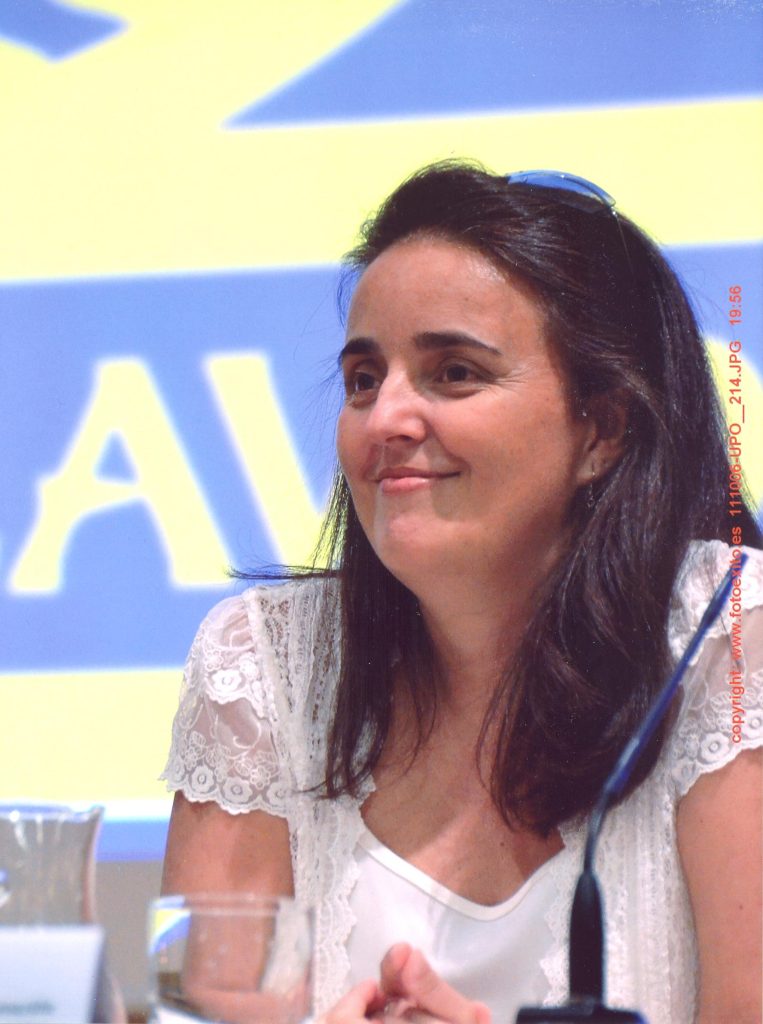
María del Pilar Ortiz Calderón
University of Pablo de Olavide, Spain
Brief biography
Full Professor, which research and teaching experience developed has been focused on the diagnosis, preservation and conservation of Cultural Heritage (CH). She has collaborated with museums and cultural institutions, such as the Valencian Institute of Conservation and Restoration (IVCR + i), Andalusian Institute of Historical Heritage (IAPH), Cádiz Museum, Écija Museum, Science Museum of Granada, etc.
Additionally, She has developed works related to CH issues in several countries, i.e., the United Kingdom; Belgium, Italy, Romania, Cuba, Peru, Colombia, Panama, etc.
She has participated in 25 national and international projects, contracts and agreements funded by the Union European, Ministry, Autonomous Communities and public/private organizations/ companies. She has been the head researcher in 15 of those projects, highlighting a Project of Excellence of the Junta de Andalucía (RIVUPH), Two RETOS project of the Government of Spain (ART-RIK & FENIX), two projects of Junta Andalucía (consejería Vivienda) for international cooperation and Andalusian cataloguing of CH (Murallas), a national project of proof of concept, a regional project of international Campus, and a recent European project of JPI (ATLTAS). All these project are focus on conservation, risks and vulnerability of CH.
She has worked in the University of Amberes (Belgium) as assistant lecturer (12 months), invited professor (6 months) at the University of Oxford (UK), and invited researcher (12 months) at ENEA, Frascati (Roma, Italy) and University Cá Foscar (6 months).
She is a member of the International Excellency Campus of the University of Jaén in cultural and natural heritage and the Andalusian Council of CH.
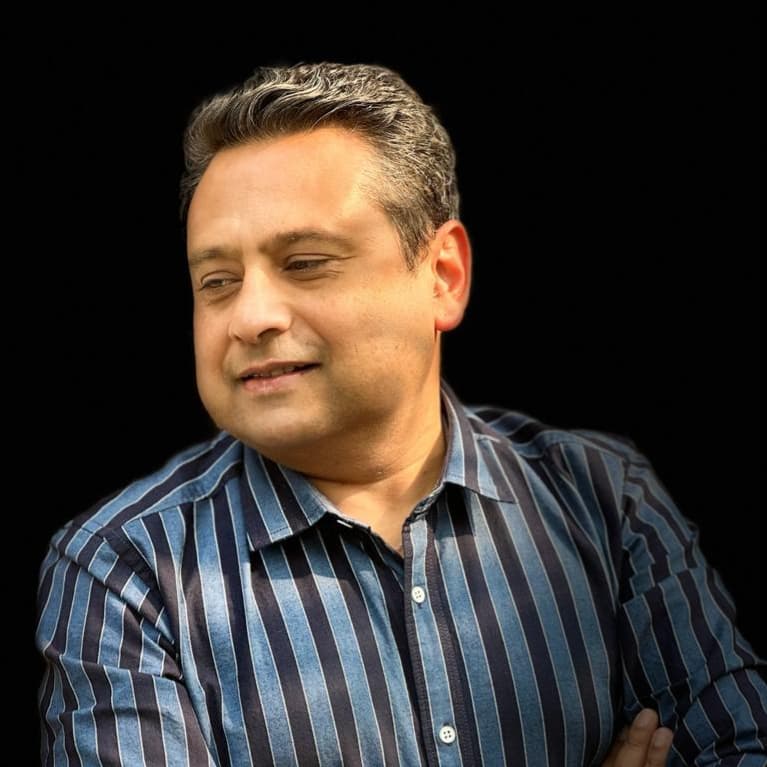
Rohit Jigyasu
International Centre for the Study of the Preservation and Restoration of Cultural Property (ICCROM)
Brief biography
Rohit Jigyasu is a conservation architect and risk management professional from India, currently working at ICCROM as Programme Manager on sustainable urban and built Heritage conservation, disaster and climate risk management & post crisis recovery. Rohit served as UNESCO Chair holder professor at the Institute for
Disaster Mitigation of Urban Cultural Heritage at Ritsumeikan University, Kyoto, Japan, where he was instrumental in developing and teaching International Training Course on Disaster Risk Management of Cultural Heritage. He was the elected
President of ICOMOS-India from 2014-2018 and president of ICOMOS International Scientific Committee on Risk Preparedness (ICORP) from 2010-2019. Rohit served as the Elected Member of the Executive Committee of ICOMOS since 2011 and was its Vice President from 2017-2020. Before joining ICCROM, Rohit has been working with several national and international organizations such as UNESCO, UNDRR, Getty Conservation Institute and World Bank for consultancy, research and training on Disaster Risk Management of Cultural Heritage. He has undertaken post disaster assessments in India, Nepal, Bhutan and Japan. He worked on the updated policy
document on climate action for world heritage adopted by UNESCO General Assembly in 2023 and is also the main author of the UNESCO Resource Manual on Managing Disaster Risks for World Heritage and the co-editor of recently published Routledge handbook on cultural heritage and disaster risk management and
Routledge book on Good Practices for Disaster Risk Management of Cultural Heritage.
